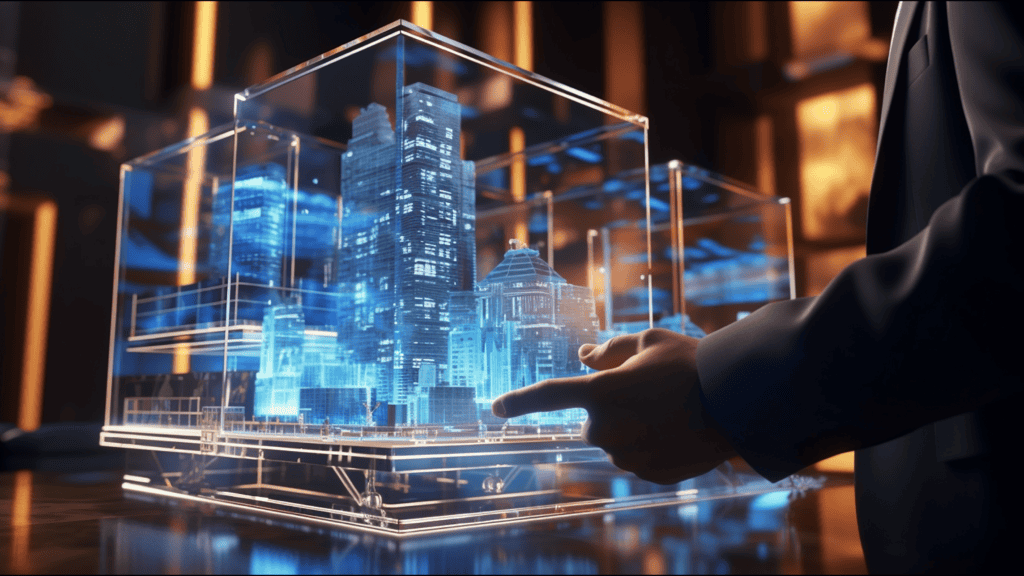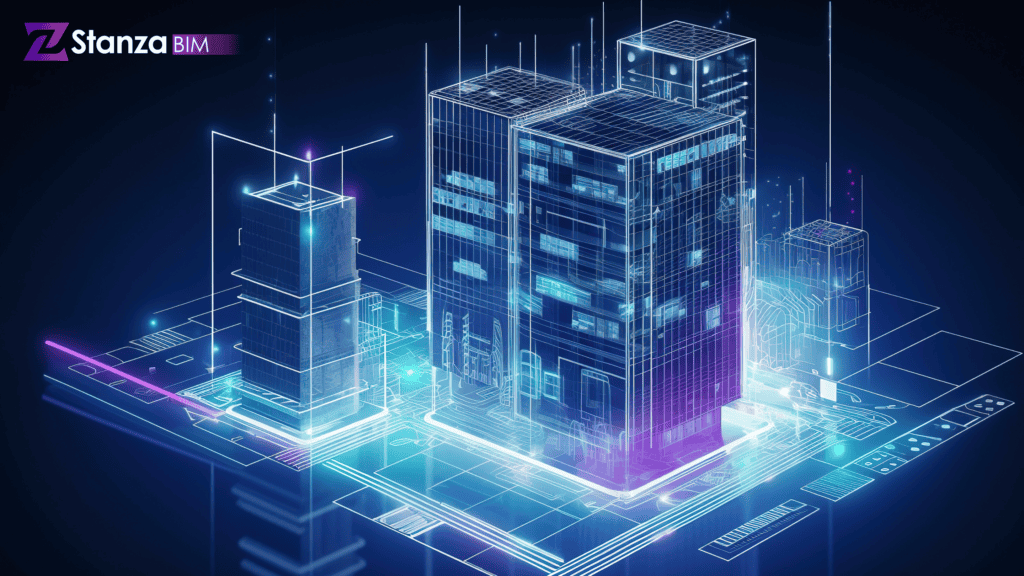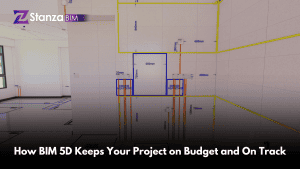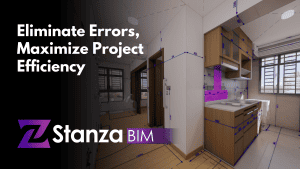In the rapidly advancing realm of urban development, the concept of smart cities has taken center stage. A cornerstone of this transformative vision is the integration of Building Information Modeling (BIM), a digital innovation that goes beyond traditional architectural design. BIM plays a pivotal role in steering the course towards energy-efficient buildings in smart cities, ushering in a new era of sustainability and resource optimization.
Building Information Modeling (BIM) introduces a paradigm shift in the architectural landscape, enabling multidimensional representations of structures. Beyond mere aesthetics, BIM captures intricate details, such as material properties, thermal characteristics, and energy consumption patterns. This holistic approach allows architects and engineers to envision and fine-tune energy-efficient designs from the outset.
BIM empowers architects to simulate and analyze various scenarios, evaluating the energy performance of different design elements. From orientation and insulation to lighting and ventilation systems, BIM aids in the selection of components that optimize energy consumption while maintaining comfort and functionality. As a result, smart city buildings can achieve higher energy efficiency ratings and reduced operational costs.
Smart cities thrive on data-driven decision-making, and BIM integrates seamlessly into this framework. BIM can provide ongoing energy performance assessments by interfacing with real-time data streams. These evaluations enable stakeholders to monitor a building’s energy usage, identify deviations from expected efficiency levels, and implement timely corrective measures.

BIM‘s influence extends well beyond construction, encompassing a building’s entire life cycle. BIM supports sustainable practices from design and construction to operation and maintenance by providing a comprehensive view of a building’s environmental impact. This life cycle perspective enables smart cities to implement long-term strategies for energy efficiency, encompassing upgrades, retrofits, and adaptive reuse.
Building Information Modeling (BIM) serves as the catalyst for ushering in a new era of energy-efficient buildings within smart cities. Its ability to holistically model, simulate, and analyze energy consumption patterns empowers architects and city planners to create structures that balance functionality, aesthetics, and sustainability.










